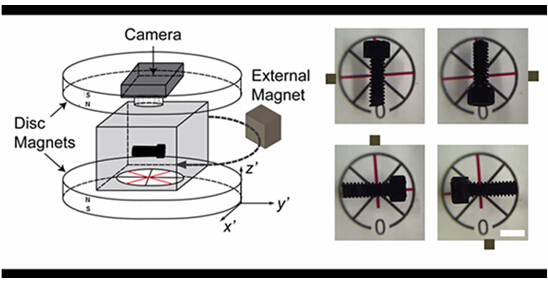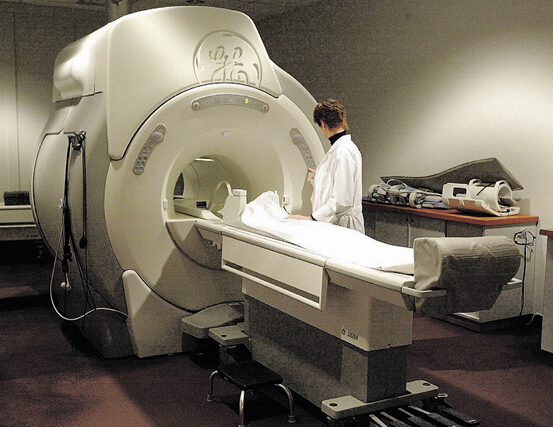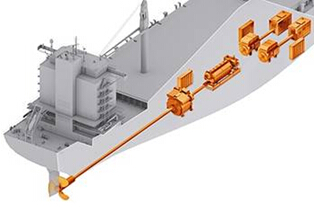A lab in the US has discovered properties in iron that may reduce the need for rare earth mining.
The Ames Laboratory for the Department of Energy has observed magnetic properties of “permanence” in a new compound of iron, properties typically associated with rare earth elements.
Permanence is the ability of a magnet to maintain the direction of a magnetic fixed field, also called anisotropy, which is crucial for magnets used in applications such as direct-drive wind turbines or electric motors.
Iron is used to give magnets their strength and rare earths are necessary for permanence, but rare earths are extremely expensive to mine.
Ames Laboratory physicist Paul Canfield said the breakthrough is not usable for industrial applica tions yet.
“This isn’t an industrial breakthrough at this point because these magnetic properties only reveal themselves at cryogenic temperatures,” he said.
“But it’s a basic science breakthrough that hopefully will point the way to future technical breakthroughs.”
Specifically, Canfield and his colleagues have designed a new technique to grow from a lithium-nitrogen solution.
Postdoctoral research associate Anton Jesche explained the technique.
“Using nitrogen in solution growth had not yet been well explored because, since we typically think of nitrogen as a gas, it’s challenging to get into a solution,” Jesche said.
“But we found that lithium, lightest solid element, looked like it could hold nitrogen in solution.
“So, we mixed together lithium and lithium-nitride powder, and it worked. It created a solution.”
Canield said that this is the point at which iron can be added.
“Usually iron and lithium don’t mix… It seems adding nitrogen to the lithium in the solution allows iron to go in,” he said.
The lithium-iron-nitride single crystals seem to exhibit excellent qualities of permanence.
In experiments the opposing external field required to reverse magnetization in the crystal was more than 11 tesla, which is an order of magnitude larger than in commercially-available permanent magnets, and two or more orders of magnitude larger than would be typically found in single crystals.
“With detailed measurements, we saw that these single iron ions are indeed behavin like a single rare-earth ion would,” Canfield said.
“We believe this has to do with the special, fairly simple, geometry that the iron finds itself in: one iron atom positioned between two nitrogen atoms.
“We hope this crystal growing technique and this specific material can be a model system for further theoretical study of these rare-earth-like iron ions.As it stands, these materials have clear implications on finding rare-earth-free replacements for permanent magnets, and perhaps also may impact data storage and manipulation in quantum computer applications.”
Magnetic rare earths mining could be replaced with iron ore
“如果发现本网站发布的资讯影响到您的版权,可以联系本站!同时欢迎来本站投稿!


 Magnetic attraction
Magnetic attraction Embedded metal in humans could pose a risk
Embedded metal in humans could pose a risk Electric Power Conversion B.V.
Electric Power Conversion B.V. The Switch to Be Acquired by Yaskawa
The Switch to Be Acquired by Yaskawa







